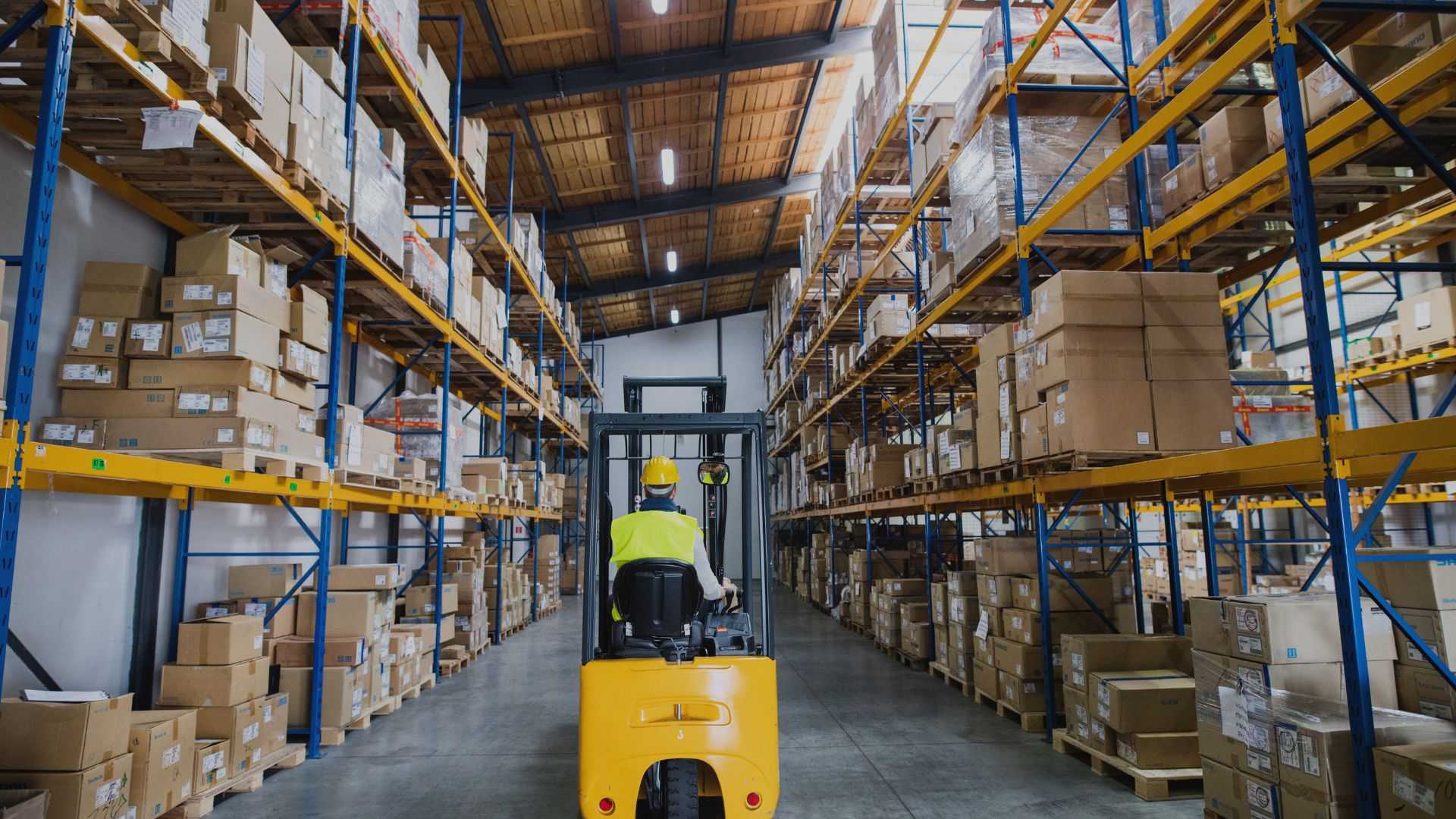
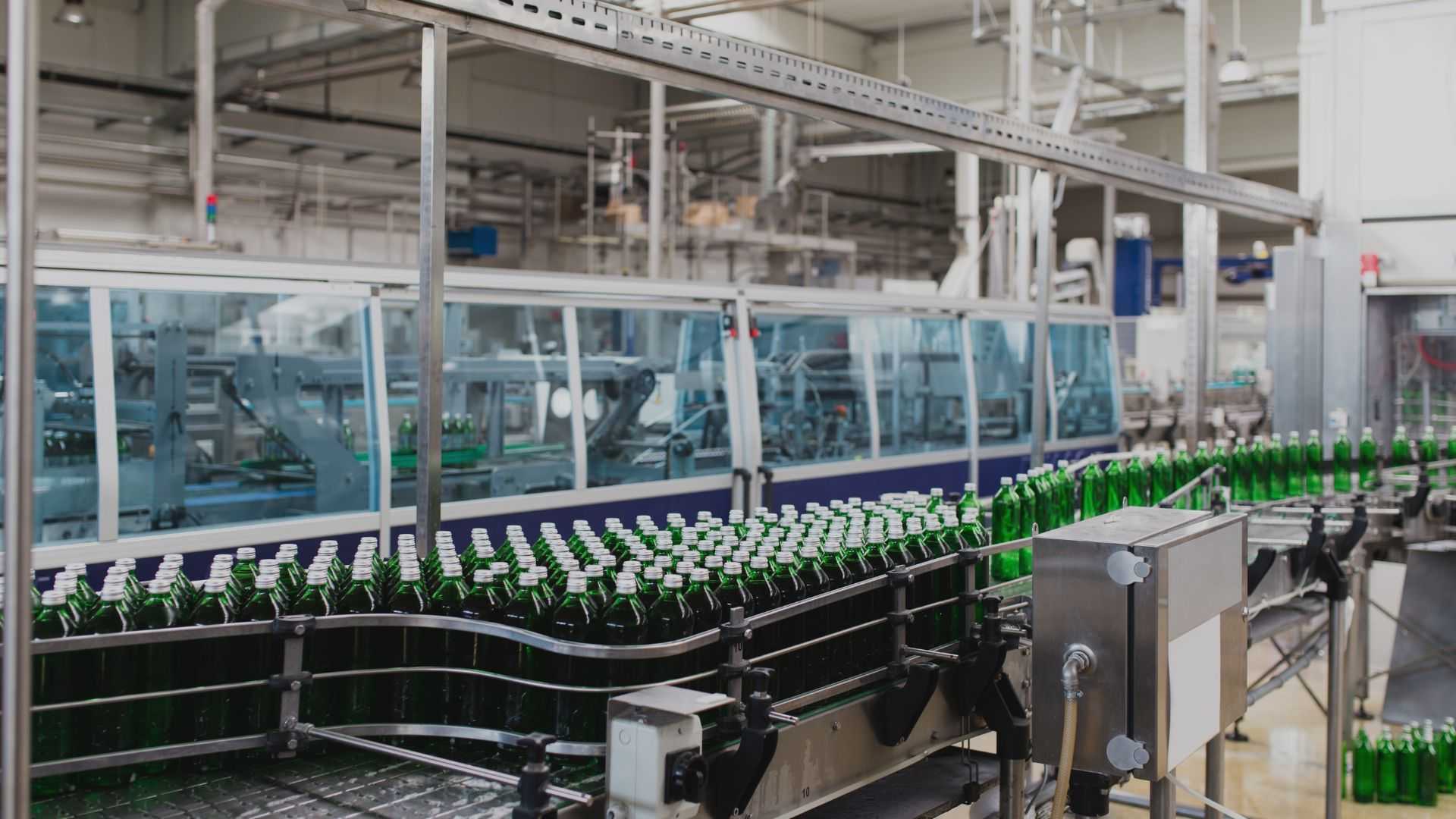
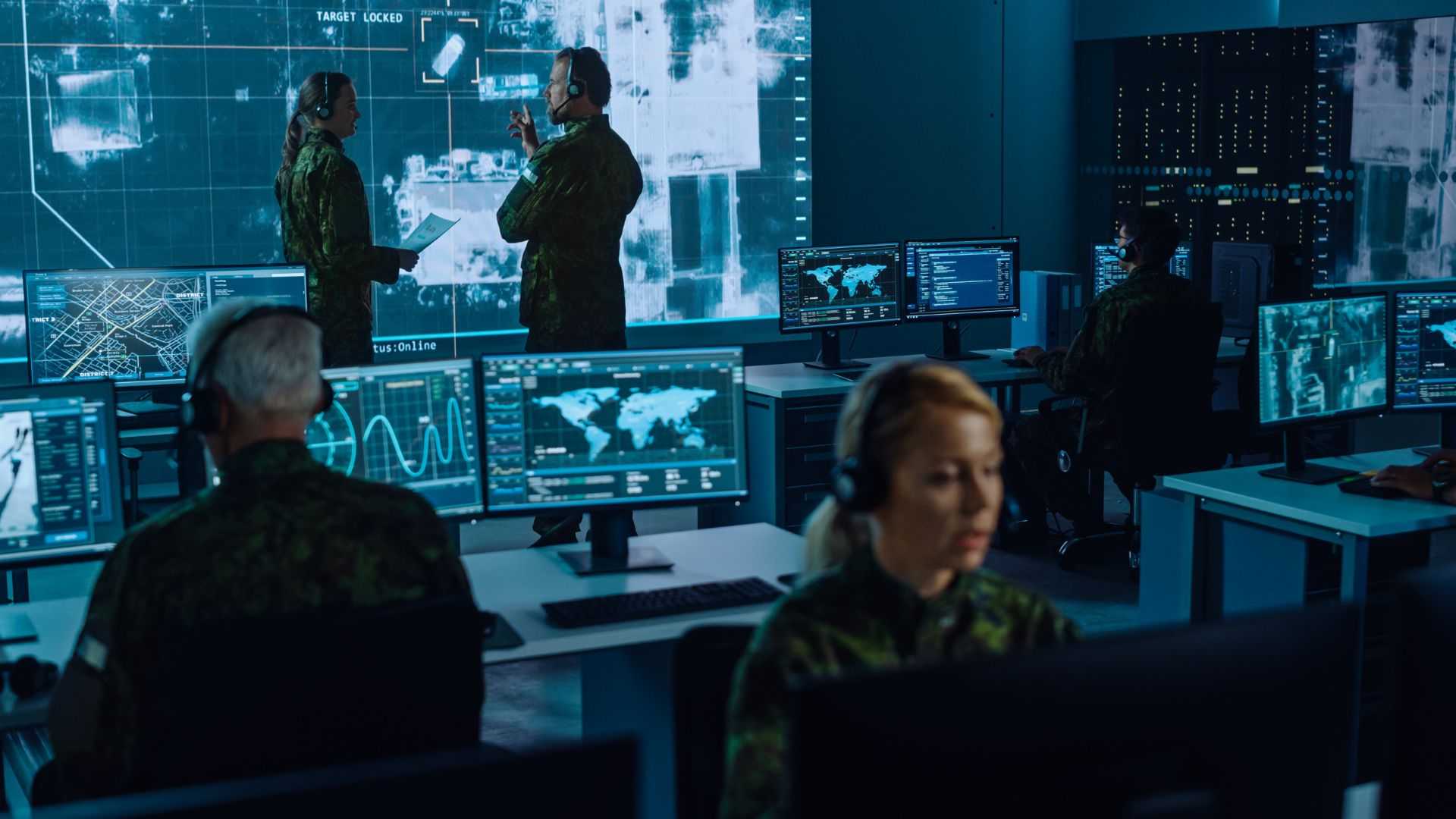
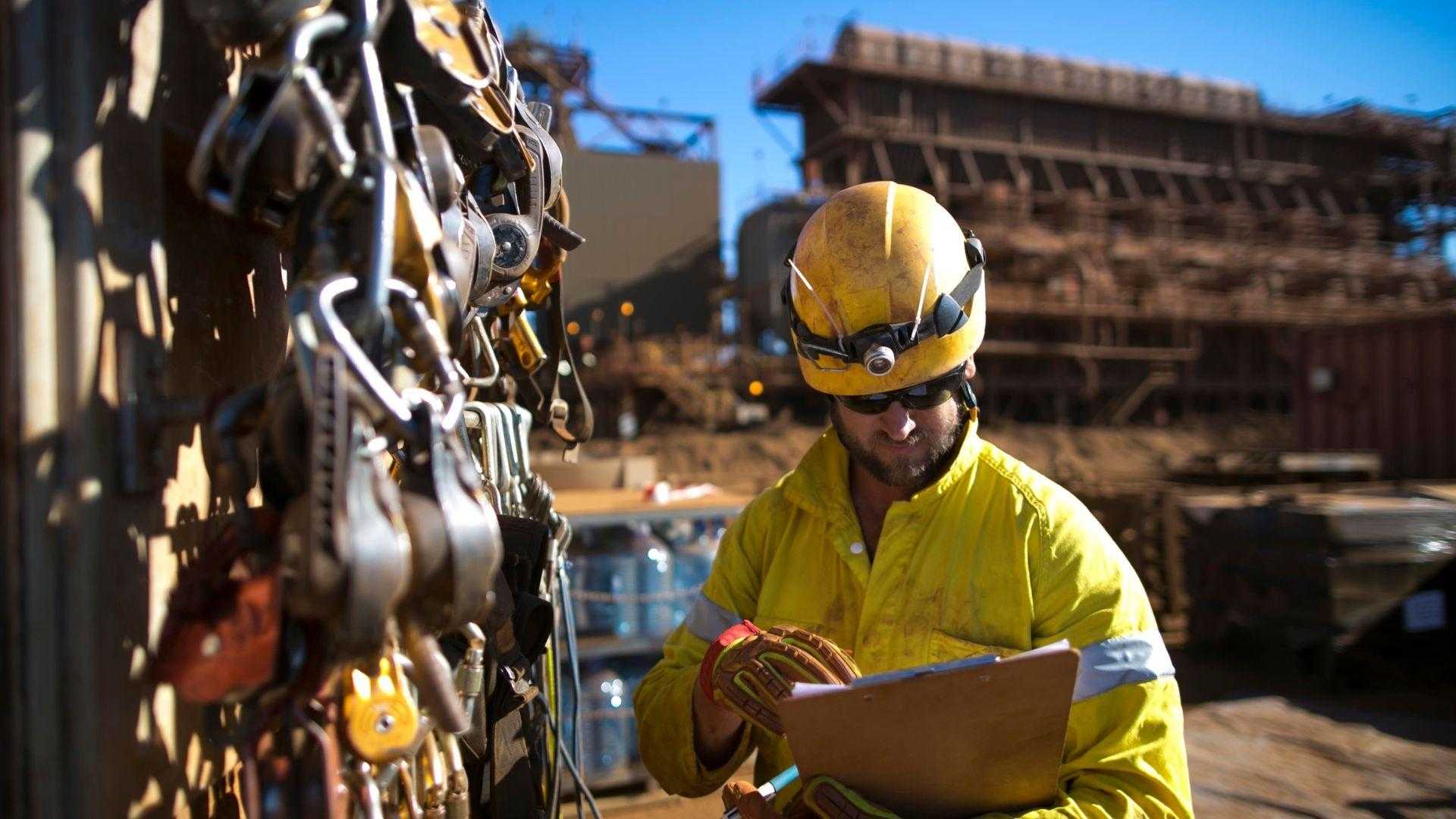
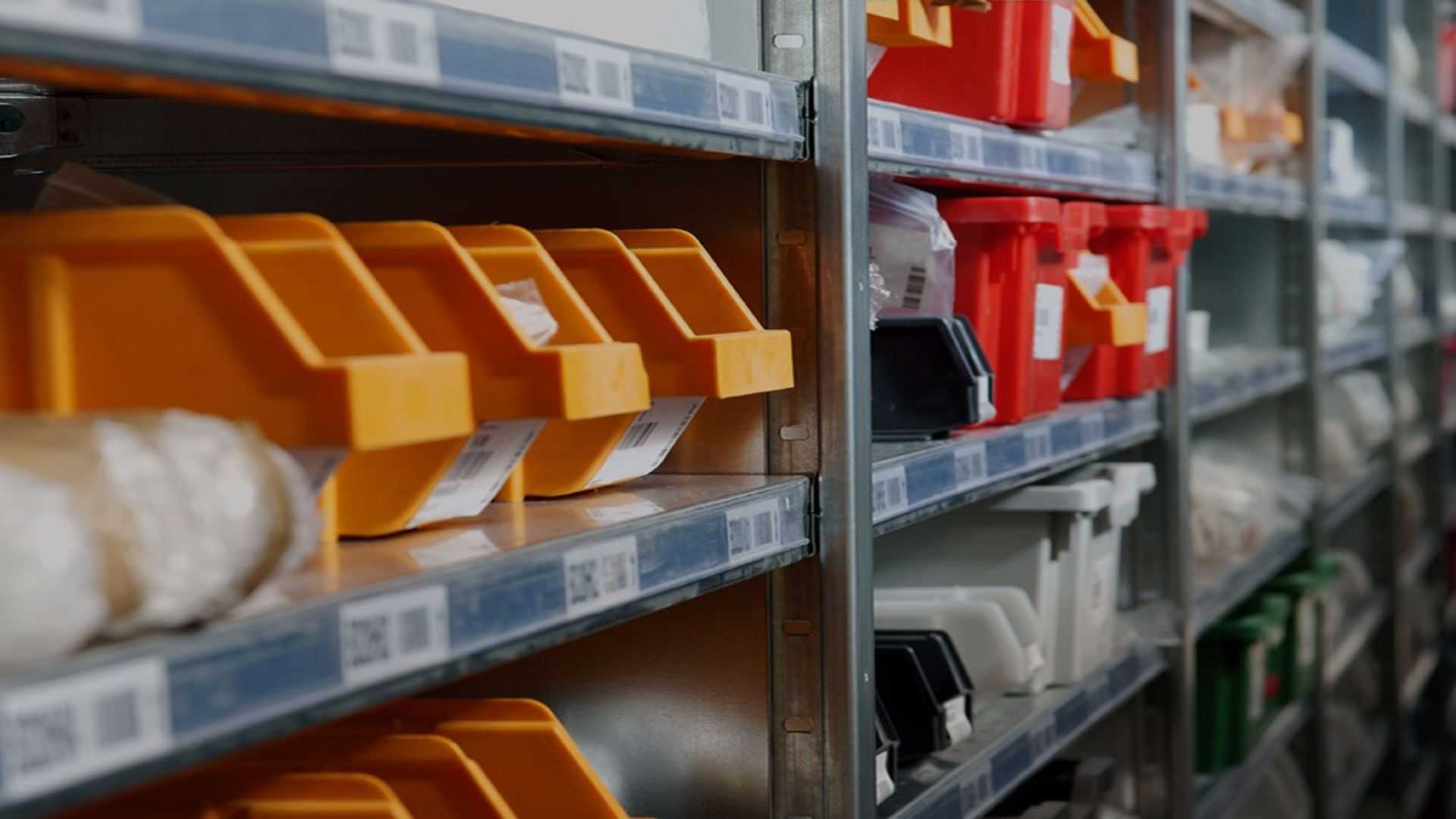
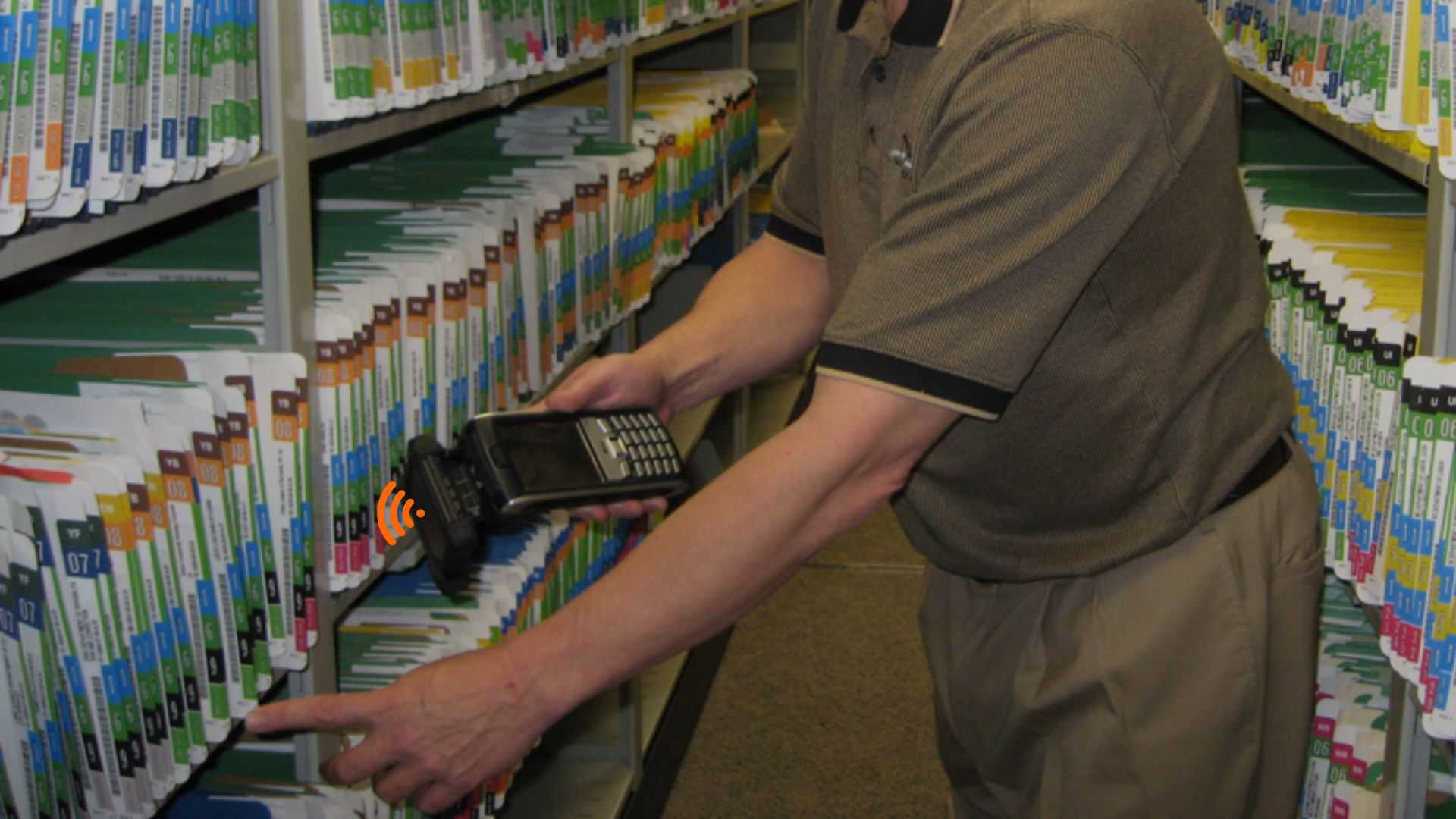
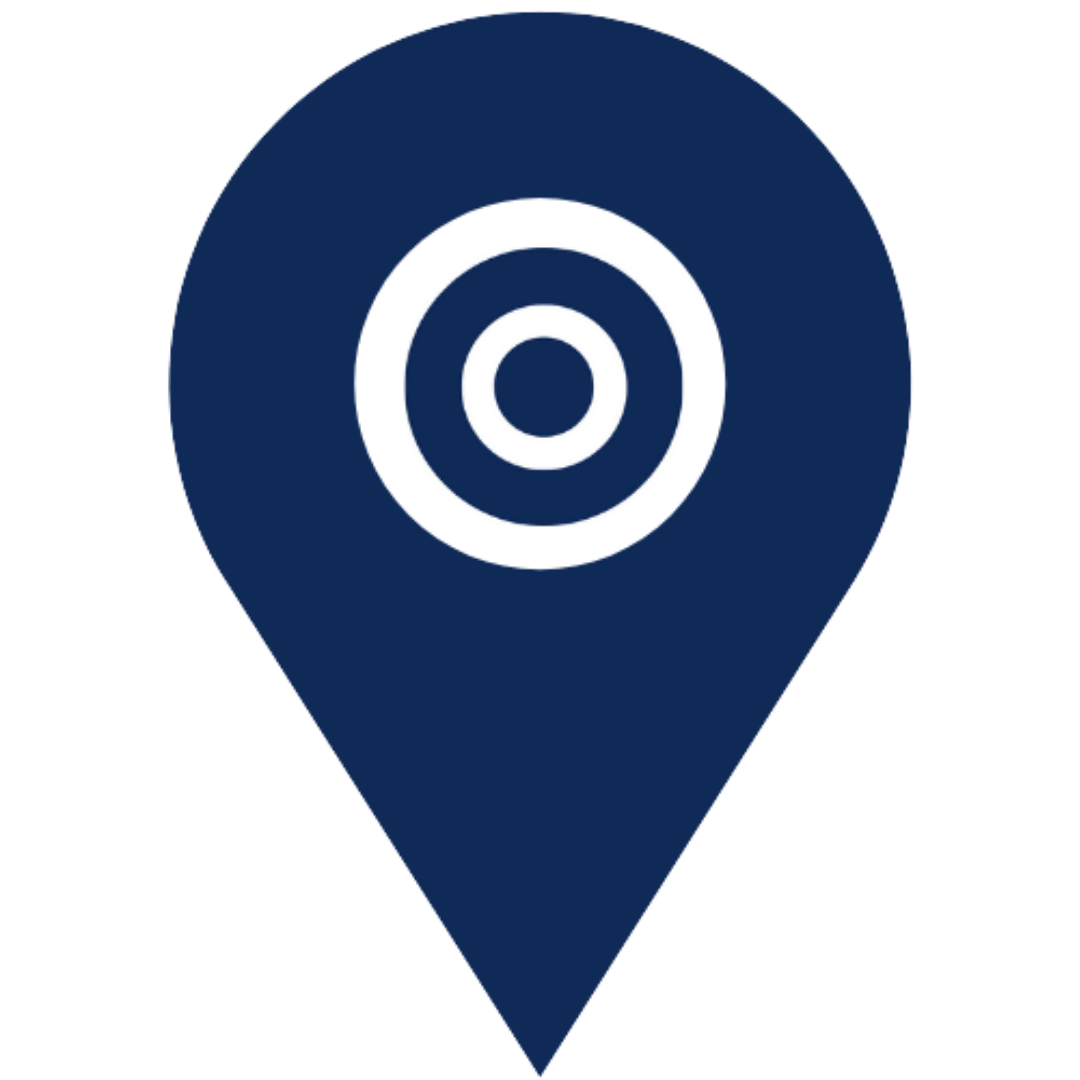

ID # 232249
John Doe
Active
ID # 144521
Raw Materials
Available

ID # 200803
Raw Materials
ALERT

ID # 322451
Fork Lift
Active

ID # 144521
Air Quality
Normal

ID # 009898
Water Pressure
Normal

ID # 122309
Power
LOW
ID # 009812
Temperature
HIGH


ID # 009008
Frank Jones
Contractor
ID # 145676
Monitor
REPLACE
ID # 144521
John Doe
Active
assets and people



ID # 112009
Computer
SOFTWARE UPDATE

ID # 144521
Mining Assets
IN USE

ID # 199087
John Jones
CERTIFICATION DUE

ID # 080123
Conveyor
INSPECTION

ID # 022231
Bolt AB-422
Qty: 0087
ID # 144521
Silicon Oil 8 oz
Qty: 0016


ID # 331129
Twist Drill Bit REORDER
Instantly know the locations and
tasks related to files and job jackets


ID # 016966
Personnel
Active
ID # 112983
Personnel
REVIEW DUE

ID # 000675
Contract
Closed






Achieve Results
We are passionate about achieving optimal operational efficiencies
TrackingSystemsIoT solutions are the central processing command center for managing your organization’s items, people and processes.
TrackingSystemsIoT captures the status and location of your business’s critical resources and processes
Track people, items and processes with
Tags, sensors and tracking software
Digitize your operation
Analyze and optimize
Leverage historical, forecasted and current data for swift and optimized decision-making
Any Industry
MANUFACTURING
DISTRIBUTION
CORPORATION
AVIATION
MINING
OIL AND GAS
Any Application
TOOLS & PARTS
DIES & PLATES
EQUIPMENT
Enhance operations and outperform competitors
Seamless communication between people, processes and assets
Tag objects and people with barcode, UHF RFID or long-range tracking technologies for unique identification, tracking and situational awareness.
Tag
We provide a wide range of tracking devices that can be strategically located for zone or real-time tracking. TrackingSystemsIOT helps ensure the right technology installed at the right places.
Track
Locate
Mobile scanners and tracking equipped tablets make it fast and easy to inventory and audit your objects, and to rapidly find needed objects with frequency of beeps and cold-warm-hot color scale.
Tag objects and people with barcode, UHF RFID or long-range tracking technologies for for unique identification, tracking and situational awareness.
Tag
We provide a wide range of tracking devices that can be strategically located for zone or real-time tracking. TrackingSystemsIOT helps ensure the right technology installed at the right places.
Track
Find
Mobile scanners and tracking equipped tablets make it fast and easy to inventory and audit your objects, and to rapidly find needed objects with frequency of beeps and cold-warm-hot color scale.
The best indicator of future success is prior performance
The best indicator of success is past performance

• Tracking of weapons, gear and ammo for all embassies and agents worldwide
• Bin tracking of passport applications from receipt through final disposition
• Indexing and tracking of ‘top secret’ file folders

• Implemented UHF RFID for asset management.
• Over 1,500 facilities with fixed assets that must be identified, tracked and maintained.
• Ranked 367th on the Fortune Global 500 list of the world's biggest corporations.

• Implemented UHF RFID for file and folio tracking
• RFID tracking zones throughout facility interiors
• RFID antennas, alarm and cameras at building exits to prevent unauthorized removals

• Implementation of sensors along production and conveyor lines, and throughout the facility for manufacturing intelligence.
• Controls the daily production of over 4,500 air conditioners with over 100,000 permutations.

• Implementation of RFID technology to tag, track and find crime scene seized property and evidence.
• Storage rooms and exits are equipped with RFID antennas and alarms to prevent unauthorized removals and for automated tracking.

• Implementation of barcoding and RFID technology for weapon tracking at base security armories and training academy firing ranges.
• Tracks weapons, gear and magazines being issued and returned for base security duties.
Videos
Best-of-Breed Global Supplier Partners
- Phone:+1 (859) 254-6589
- Email:info@example.com
Barcode and UHF RFID Technologies
- Phone:+1 (859) 254-6589
- Email:info@example.com
long range technologies
- Phone:+1 (859) 254-6589
- Email:info@example.com
gsm-gps technologies
5g solutions
- Phone:+1 (859) 254-6589
- Email:info@example.com
iot manufacturing and building sensors
- Phone:+1 (859) 254-6589
- Email:info@example.com
Surveillance and Body-Worn Cameras
Visual and Audible Alerting
Biometric Solutions
Blogs
-
Published on December 18, 2023Comments By 0
-
Published on April 20, 2023Comments By 0
-
You can count on Trackable's Experience
What TrackingSystemsIoT customers say…..

We depend on our vendor partners to provide the commercial and government sectors of Trinidad and Tobago with world class solutions that differentiate us from our competition and positively reinforce our customer relationships. We trust TrackingSystemsIoT to provide TSL with the best solutions in the tracking and IoT business.

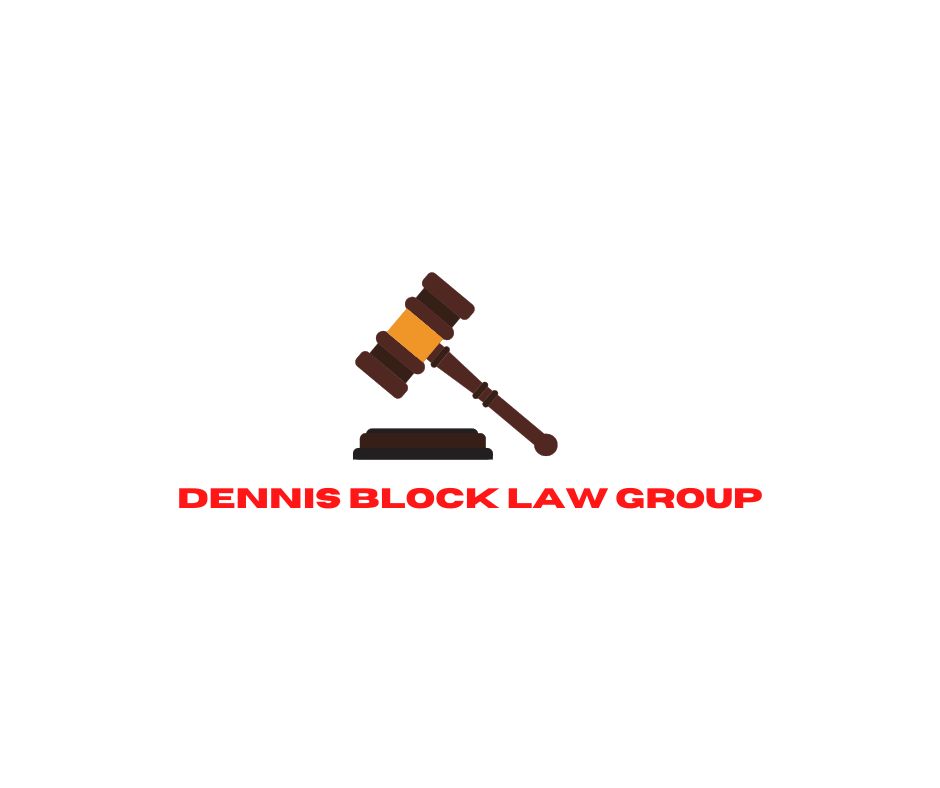
Our law firm is one of the busiest tenant-owner property law firms in the United States, with thousands of cases being processed concurrently. The TrackingSystemsIoT mobile scanner solution enables our staff to inventory all files at all locations and to rapidly find needed files with mobile RFID scanner.


The Ministry needed a world-class file and document tracking system, and the TrackingSystemsIoT solution met and exceeded our expectations. Files and folios are tracked real-time throughout facilities using networked RFID antennas, and are found and inventoried with mobile scanners.


In law enforcement, a critical requirement is the accountability of weapons and ammo. What’s in storage and what’s been assigned to officers for work duties. TrackingSystemsIoT WeaponTracker IoT weapon management System ensures best practices and real-time 100% accountability of our weapons.

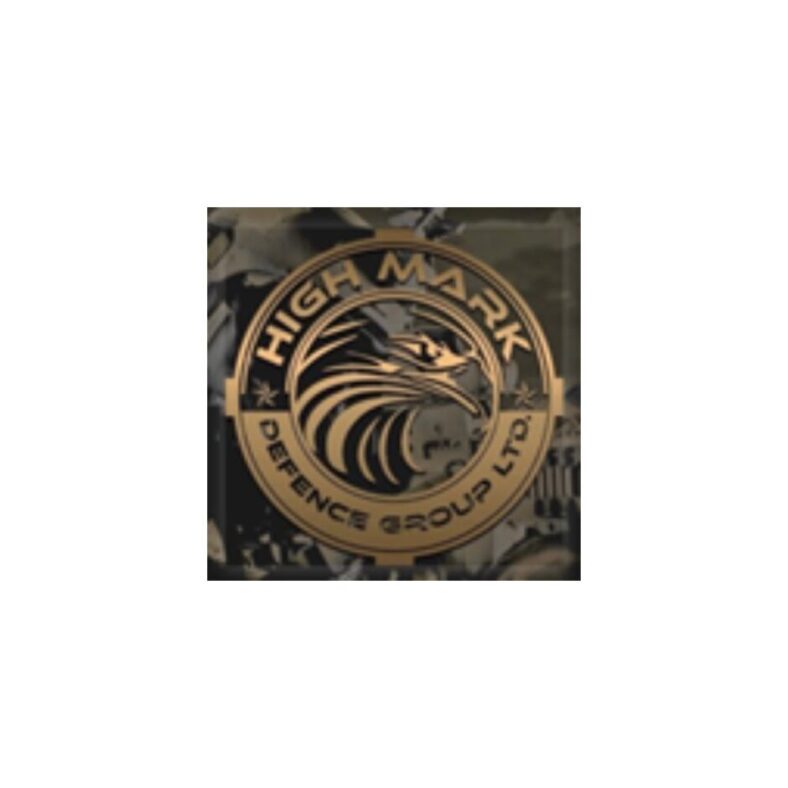

We have a wide range of customers across multiple industries and applications, requiring diverse tracking and security solutions. TrackingSystemsIoT is invaluable to our company by providing the wide range of tracking and security solutions that we require for our many customers in our marketplace.

Our ability to identify and keep track of our fixed assets and asset statuses is essential to our business. The success of our TrackingSystemsIoT RFID asset management system in the USA resulted in a successful roll-out to our offices in China, Malaysia and the Philippines so we can meet our business objectives.
